Quinoa, bear meat, sterlet and other delights of Old Slavic cuisine
Categories: Food and Drinks | History
By Pictolic https://pictolic.com/article/quinoa-bear-meat-sterlet-and-other-delights-of-old-slavic-cuisine.htmlWhat do you have for dinner tonight? Vegetable salad, fried potatoes with chicken? These dishes have become so familiar to us that we already consider some of them to be native Russian. For several hundred years, they have firmly entered our diet. And I can't even believe that once people did without the usual potatoes, tomatoes, sunflower oil, not to mention cheeses or pasta.
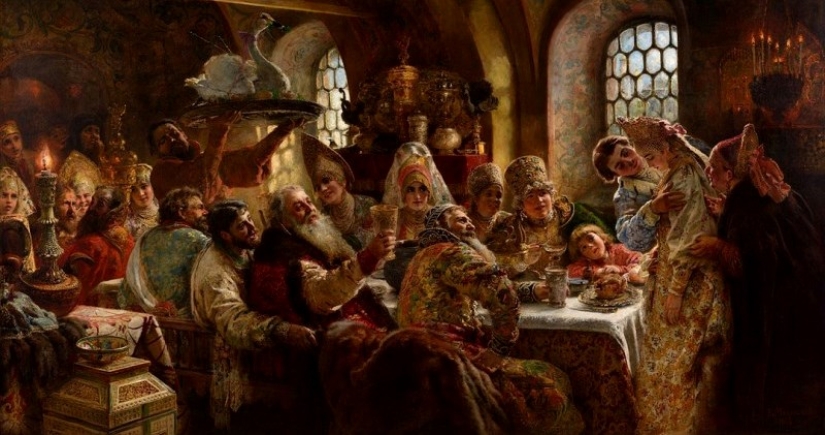
Food has always been the most important issue in people's lives. Depending on the climate and natural resources, each nation developed hunting, cattle breeding and crop production to a greater or lesser extent. When Kievan Rus was formed as a state in the IX century, the Slavs' diet consisted of flour products, cereals, dairy products, meat and fish.

Barley, oats, wheat and buckwheat were grown from cereals, rye appeared a little later. Of course, bread was the main food item. In the southern regions it was baked from wheat flour, in the northern regions rye flour became more widespread. In addition to bread, pancakes, pancakes, tortillas were also baked, and on holidays — pies (often made of pea flour). Pies could be with various fillings: meat, fish, mushrooms and berries.
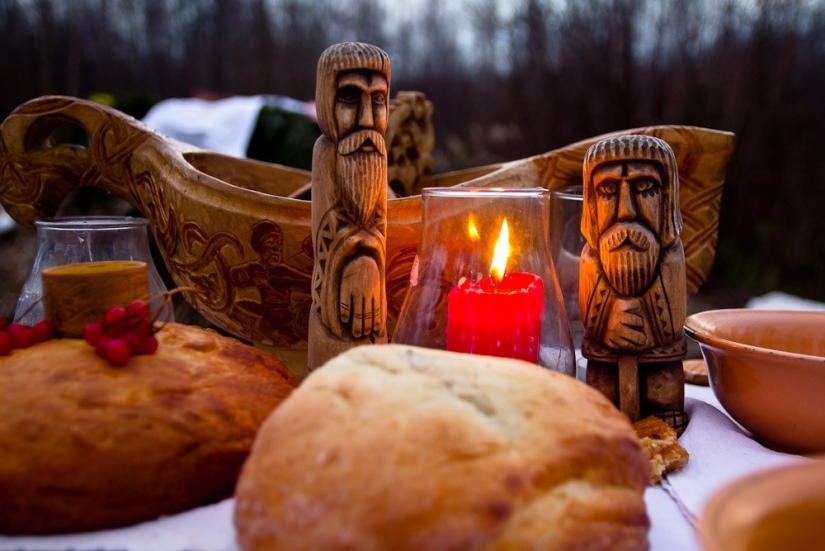
Pies were prepared either from unleavened dough (such as is now used for dumplings and dumplings), or from sour. It was so called because it was really sour (leavened) in a large special vessel — a sauerkraut. For the first time, the dough was kneaded from flour and well or river water and put in a warm place. After a few days, the dough began to bubble — it was the wild yeast that was always in the air. Now it was possible to bake from it.
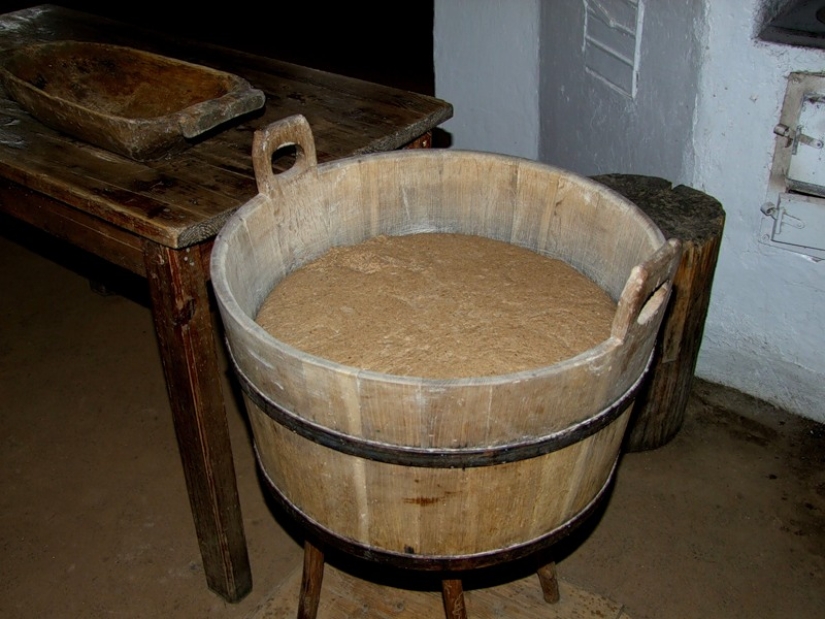
When baking bread or pies, a little dough was left in the sourdough, which was called sourdough, and the next time only the right amount of flour and water was added to the sourdough. In each family, the leaven lived for many years, and the bride, if she went to live in her own house, received a sourdough with sourdough as a dowry.
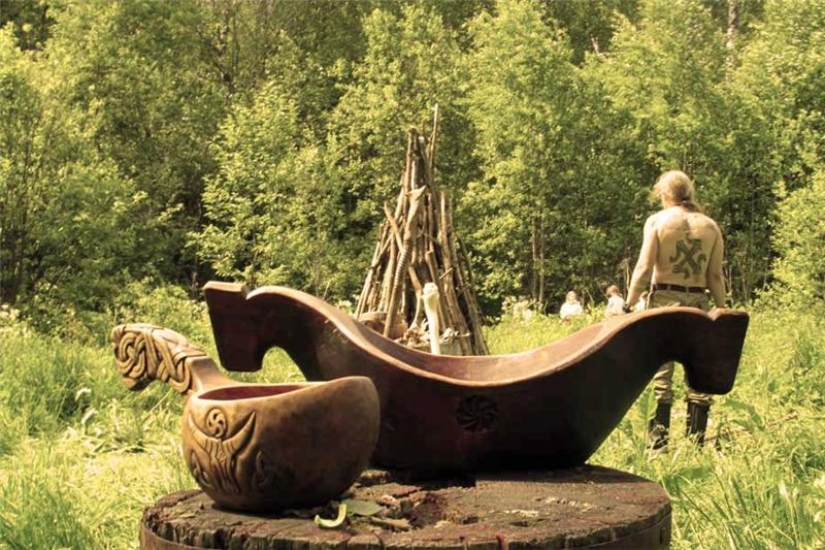
For a long time in Russia, one of the most common sweet dishes was considered jelly. In Ancient Russia, jelly was prepared on the basis of rye, oatmeal and wheat decoctions, sour in taste and having a grayish-brown color, which reminded the color of the coastal loam of Russian rivers. Jelly turned out elastic, resembling jelly, jelly. Since there was no sugar in those days, honey, jam or berry syrups were added to them for taste.
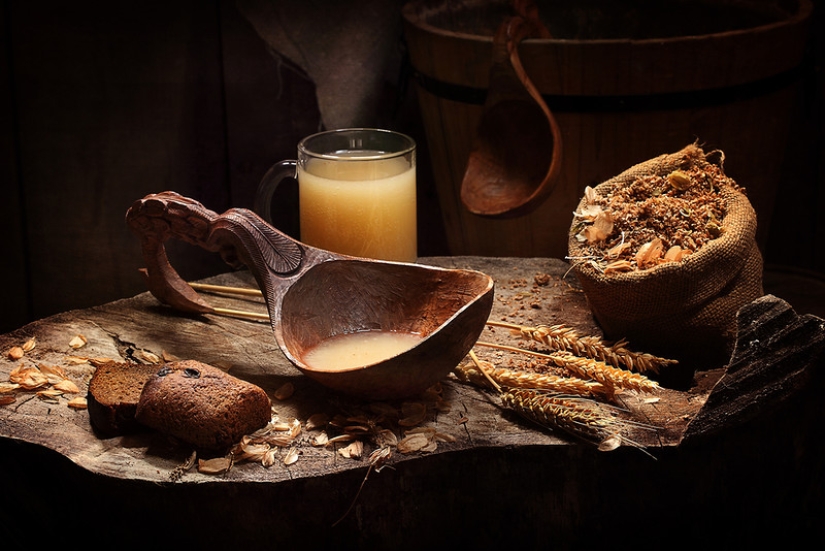
Porridge was very popular in ancient Russia. Mostly wheat or oatmeal, made from whole grains, which was steamed for a long time in the oven so that it was soft. A great delicacy was rice (Sorochinsky millet) and buckwheat, which appeared in Russia together with the Greek monks. Porridges were filled with butter, linseed or hemp oil.
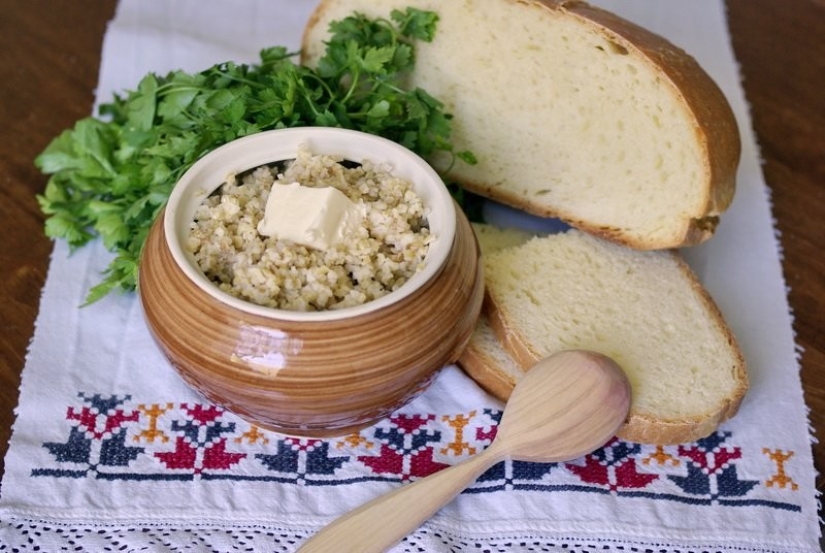
An interesting situation in Russia was with vegetable products. What we use now was not in sight. The most common vegetable was radish. It was somewhat different from the modern one and was many times larger. Turnips were also widely distributed. These root vegetables were stewed, fried and made into a filling for pies. Peas have been known in Russia since ancient times. It was not only cooked, but also made flour from it, from which pancakes and pies were baked. In the XI century, onions, cabbage began to appear on the tables, and carrots a little later. Cucumbers will appear only in the XV century. And the usual nightshade - potatoes, tomatoes and eggplants - came to us only at the beginning of the XVIII century.
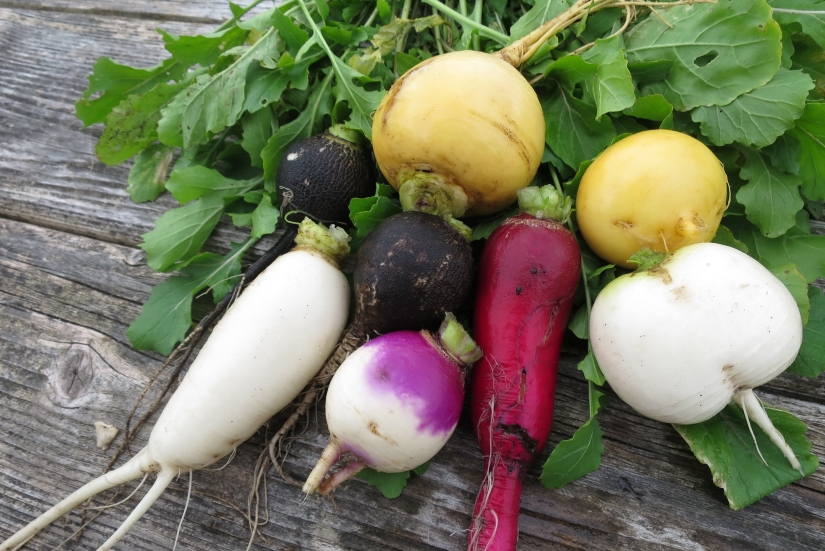
In addition, wild sorrel and quinoa were consumed from vegetable food in Russia. Numerous wild berries and mushrooms complemented the vegetable diet.
Beef, pork, chickens, geese and ducks were known to us from meat food. Horse meat was eaten little, mostly by the military during the campaigns. Often there was meat of wild animals on the tables: venison, wild boar and even bear meat. Partridges, grouse and other game were also eaten. Even the Christian Church, which was spreading its influence and considered it unacceptable to eat wild animals, could not eradicate this tradition. The meat was fried on coals, on a spit (spun) or, like most dishes, stewed in large chunks in the oven.
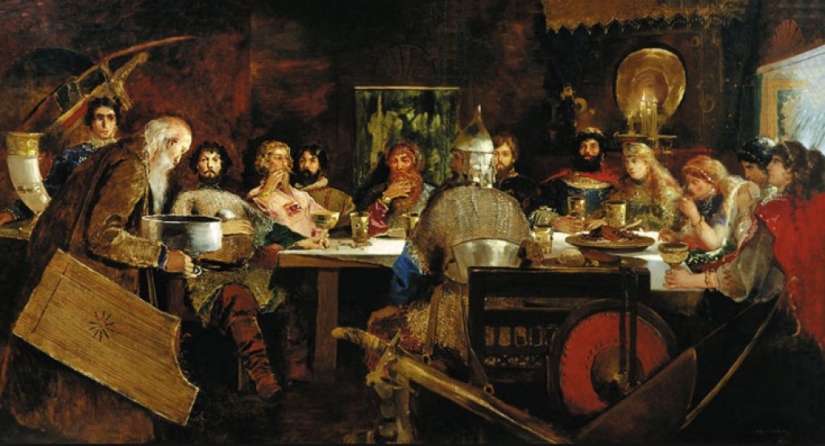
Quite often in Russia they ate fish. Mostly it was river fish: sturgeon, sterlet, bream, walleye, ruff, perch. It was cooked, baked, dried and salted.
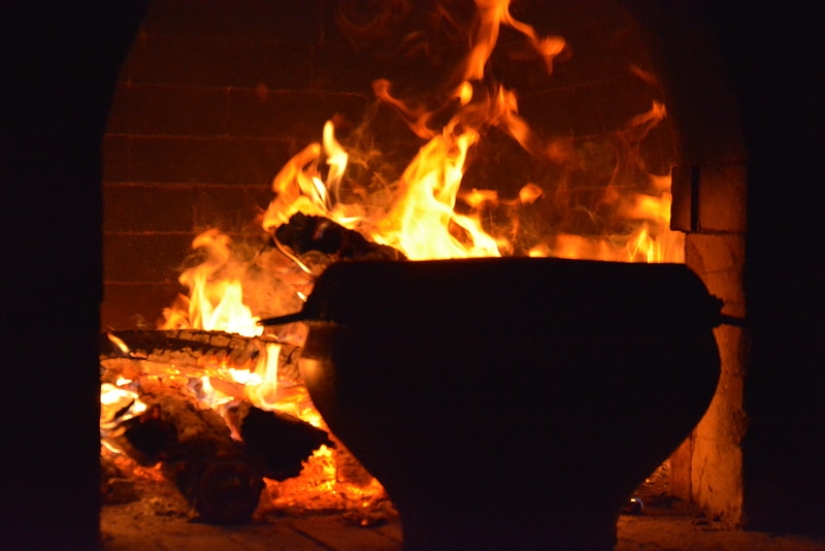
There were no soups in Russia. The famous Russian soup, borscht and solyanka appeared only in the XV-XVII centuries. There was a "tyurya— - the predecessor of modern okroshka, kvass with chopped onions, seasoned with bread.
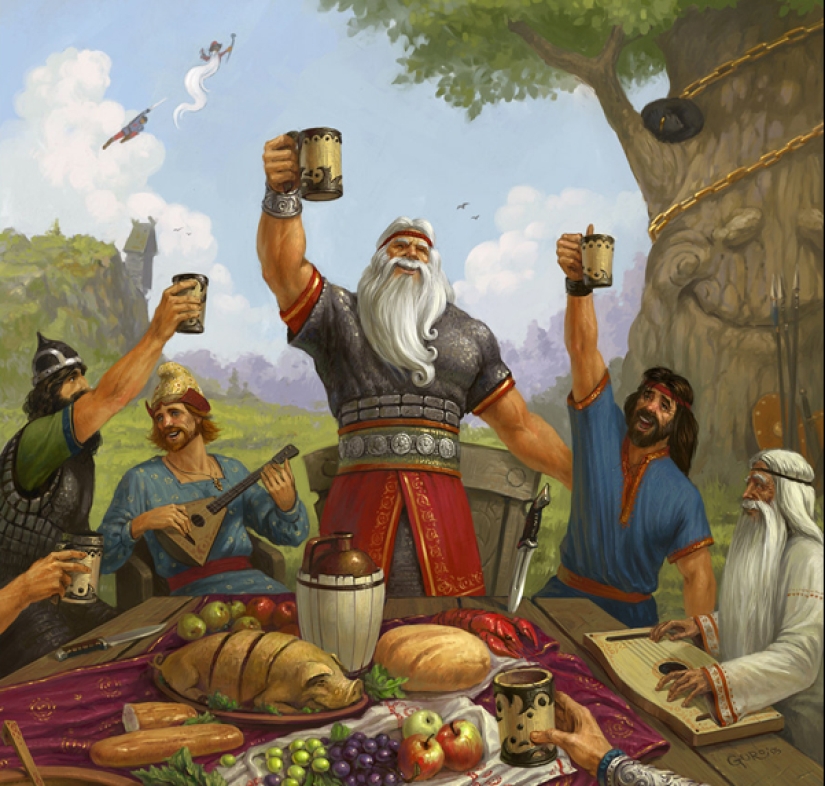
In those days, as in our days, Russian people did not avoid drinking. According to the "Tale of Bygone Years", the main reason for Vladimir's rejection of Islam was sobriety prescribed by that religion.
Russian booze for the modern reader is invariably associated with vodka, but in the era of Kievan Rus they did not drive alcohol. Three types of drinks were consumed: kvass, honey and wine.
Kvass, a non-alcoholic or slightly intoxicating drink, was made from rye bread. It was something resembling beer. It was probably a traditional drink of the Slavs, as it is mentioned in the records of the journey of the Byzantine envoy to the leader of the Huns Attila at the beginning of the 5th century, along with honey.
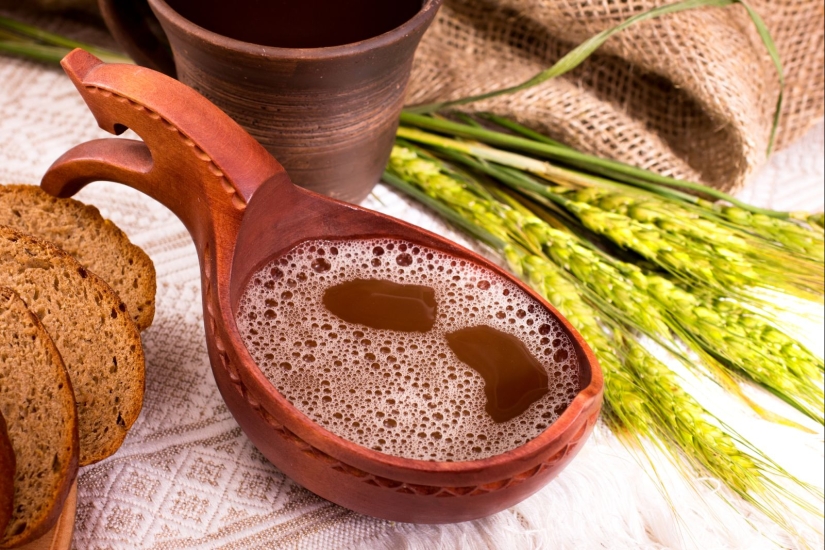
Honey was extremely popular in Kievan Rus. It was brewed and drunk by both laymen and monks. According to the chronicle, Prince Vladimir the Red Sun ordered three hundred pots of honey on the occasion of the opening of the church in Vasilyev. In 1146, Prince Izyaslav II discovered five hundred barrels of honey and eighty barrels of wine in the cellars of his rival Svyatoslav. There were several varieties of honey known: sweet, dry, with pepper and so on. Wine was also drunk: wines were imported from Greece, and, in addition to princes, churches and monasteries regularly imported wine for the liturgy.
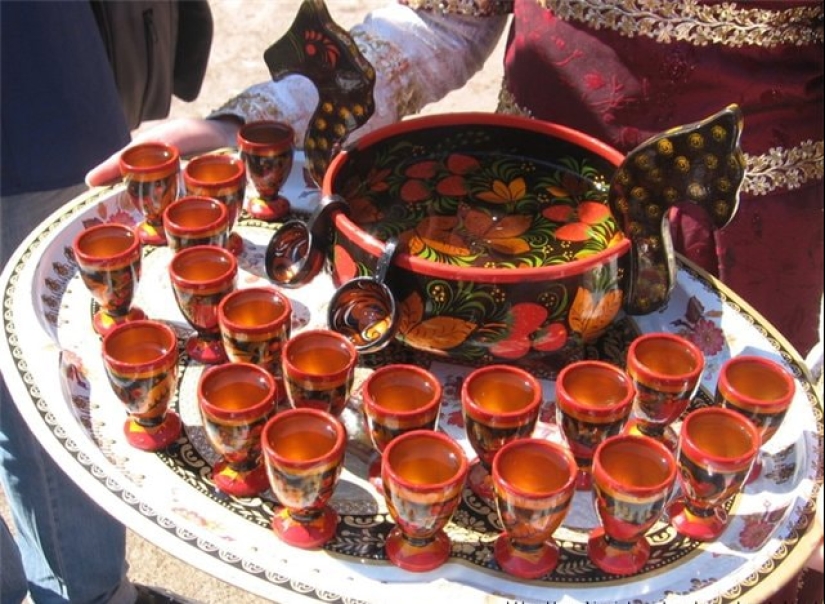
This was the Old Slavonic cuisine. But what is Russian cuisine and how is it related to Old Slavonic? For several centuries, the way of life and customs changed, trade relations expanded, the market was filled with new products. Russian cuisine absorbed a large number of national dishes of various peoples. Something was forgotten or replaced by other products.
However, the main trends of Old Slavonic cuisine in one form or another have survived to the present day. This is the dominant position of bread on our table, a wide range of pastries, porridges, cold snacks. Therefore, Russian cuisine is not something separate, but a logical continuation of Old Slavic cuisine, despite the fact that it has undergone significant changes over the centuries.
Recent articles

There are dolls very similar to living people. And there are so realistic that their appearance can only be explained by magic. ...

Japan is deservedly considered one of the safest countries in the world. Even organized crime there has a "human face" ...

Famous British photographer Bob Carlos Clarke was born in an Irish corps in 1950. In 1969 he moved to England to study art and ...